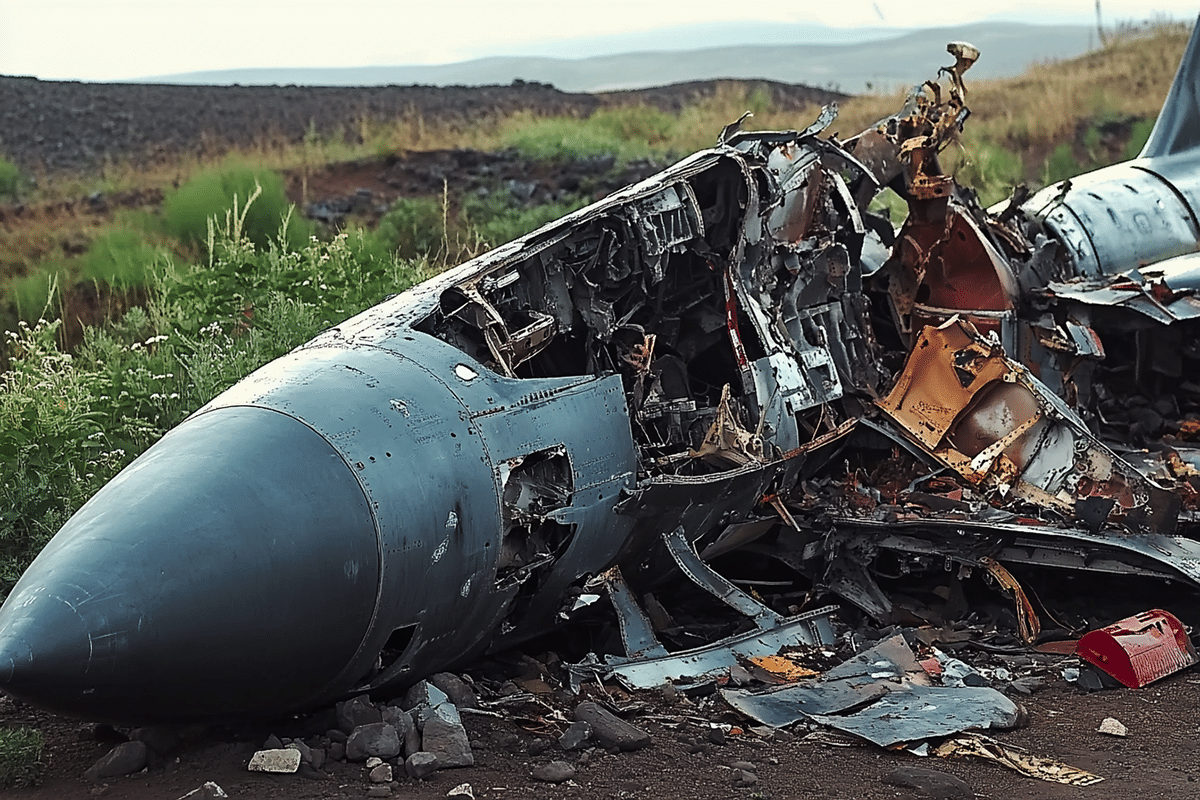In a fresh escalation of tensions in Yemen, the Houthi rebel group announced that they have shot down an American-made MQ-9 Reaper drone, marking the third such claim within a week. The rebels provided video evidence that appeared to show a surface-to-air missile striking the unmanned aircraft, with the flaming wreckage scattered across the ground in Yemen’s southwestern Dhamar province.
The U.S. military acknowledged awareness of the Houthi claim but has yet to confirm the incident. While the Houthis have been known to exaggerate such assertions in the past, particularly in their campaign targeting shipping in the Red Sea, the accompanying video bolstered their case this time. In the footage, armed rebels can be seen gathering around the debris of the drone, with one person attempting to pick up a piece of metal from the wreckage before dropping it due to the heat.
The Houthis identified the drone as an MQ-9 Reaper, a highly advanced and costly aircraft valued at around $30 million each. Capable of flying at altitudes of up to 50,000 feet (15,240 meters) and remaining airborne for up to 24 hours, these drones have been frequently deployed by both the U.S. military and the CIA for operations over Yemen in recent years. While the rebels claimed the use of a locally produced missile to bring down the drone, Iran is known to have supplied the Houthis with surface-to-air missiles, including the 358 model, despite Tehran’s denial of direct involvement in arming the group. Evidence of Iranian-manufactured weapons has been found in Yemen and on shipments intercepted en route to the country, despite a United Nations arms embargo.
The downing of the drone comes amid a broader campaign by the Houthis targeting shipping in the Red Sea, a region that has seen increased conflict since the war between Israel and Hamas began in October. The Houthis, aligned with Iran, have launched missiles and drone attacks against over 80 merchant vessels in recent weeks. While they maintain that these actions are aimed at ships linked to Israel, the U.S., or the U.K., many of the vessels targeted have had little to no connection to the ongoing Gaza conflict.
One notable example of this indiscriminate targeting was the recent attack on the Greek-flagged oil tanker “Sounion”, which was struck by a barrage of missiles in the Red Sea. The tanker, which was not directly involved in the conflict, was carrying 1 million barrels of oil, raising concerns about the potential environmental catastrophe if its cargo were to leak. Salvage teams have begun efforts to tow the burning vessel in hopes of preventing such an outcome.
Since the beginning of their Red Sea campaign, the Houthis have seized one vessel and sunk two others, resulting in the deaths of four sailors. Some of their missile and drone attacks have been intercepted by a U.S.-led coalition operating in the region, while others failed to reach their intended targets. The broader impact of these attacks, however, has been felt not only by Western military vessels but also by civilian shipping, including vessels with no obvious ties to the conflict in Gaza.
The Houthis’ increased focus on targeting ships in the Red Sea appears to be a bid to pressure the international community to take action against Israel’s military operations in Gaza. Despite this, their attacks have caused widespread disruption to global shipping routes, with vessels bound for various countries, including Iran, falling victim to their missile and drone strikes.
As the situation in Yemen continues to deteriorate, with violence spilling over into the surrounding region, the Houthis’ growing capability to down advanced military aircraft like the MQ-9 Reaper raises concerns about their expanding military reach. While the U.S. military has yet to officially confirm the loss of the drone, the rebels’ claim, supported by visual evidence, adds another layer of complexity to an already volatile conflict zone.





